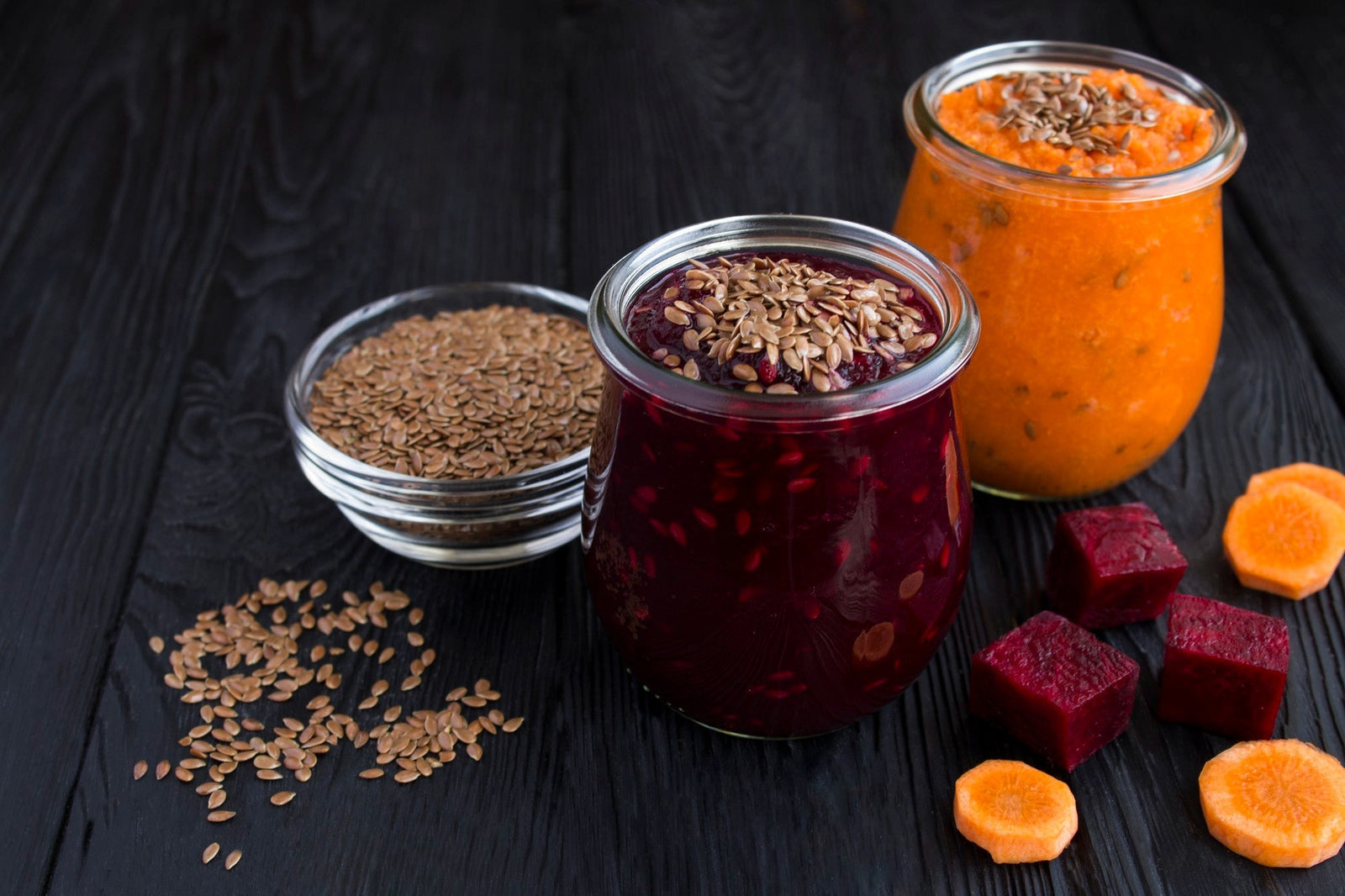
December 22, 2016 3 min read
History
An ancient grain, Einkorn wheat is regarded as the first form of cultivated wheat, harvested more than 10,000 years ago with its origins in the fertile lands of the Tigris Euphrates region. Einkorn means “one grain” in German which is fitting because the wheat has only a single grain attached to the stem, in contrast to modern wheat which has groups of four grains. Einkorn also differs from its modern-day counterpart since it is wheat which has never been hybridized, resulting in a wheat-based ingredient for people who do not tolerate gluten as well.
Einkorn yields a grain which is a third of the size of other wheat varieties, contributing to smaller crop yields per acre. At the same time, the stalks grow taller than modern wheat, reflecting wheat's original form. Given the difficulty of harvesting and even milling Einkorn, its production had been all but abandoned until fairly recently when cultivation on a wider scale was revived in response to increasing demand.
While the yield and milling, challenges may not make Einkorn the ideal candidate for contemporary commercial farming, this purest form of wheat offers many more nutritional benefits, and as such the demand continues to increase- even at prices considerably higher than modern wheat.
Other ancient grains
Farro is an Italian word that refers to three varieties of ancient heirloom grains namely Einkorn (farro piccolo), Emmer (farro medio), and Spelt (farro grande). When paralleled with modern varieties of wheat, ancient grains and heirloom wheat berries offer a lower gluten content but a higher protein profile as well as many more micronutrients.
While Einkorn is indisputably the oldest type of wheat around, Emmer was likely an early hybrid of wild Einkorn and was more suitable to a wider range of climates and geographical regions. As a result, over time, Emmer became the predominant wheat variety.
Spelt on the other hand is really the predecessor to modern wheat. It is a hybrid of Emmer and displays more adaptability than Emmer. Together the three types are known as “covered wheat” since their kernels do not thresh free of their hard coverings making these ancient wheats more labor-intensive to mill.
Over the course of time, all three underwent various hybridizations to facilitate their milling and processing until they acquired the properties of modern-day wheat which is easier to harvest but is nutritionally deficient in many ways compared to their ancestors. Contemporary wheat varieties may be more favorable for bread baking and the like but they come with higher gluten content, leading to various gluten allergy-related issues.
Why should I choose Einkorn?
The comeback of Einkorn- or, wheat as it was meant to be- marks the revival of a wheat form that is not only packed with nutrition but is also useful in pursuing a lower-gluten diet. Compared to modern wheat, and even when compared to other types of ancient wheat like Spelt or Emmer, Einkorn boasts a higher concentration of Beta Carotene and Lutein which provide anti-oxidant benefits for cells and in the case of Lutein even the eyes.
Einkorn contains more nutrients, vitamins, and dietary minerals than the modern varieties of wheat and offers a higher percentage of protein and a lower percentage of starch when compared to commercial wheat varieties. Given its superior nutritional profile, it is generally a much better choice for those who choose to eat wheat.
Einkorn wheat berries also offer greater flavor when compared to other wheat varieties which are usually stripped of flavor (and nutrients) due to hybridization and modern farming methods. While it is lower in gluten, it is not gluten-free, and as such, it is not recommended for individuals with celiac disease.
Recipes
Thanks for reading this Be Still Farms Blog article. To sign up for more news/articles and/or recipes, click here. For more about us, click here. To shop our certified organic products, click here.
Please comment and share and we look forward to serving you in the future!
Comments will be approved before showing up.

January 27, 2025 3 min read
Flaxseed, the tiny yet powerful superfood, is packed with nutrients that can support weight loss. From curbing hunger to stabilizing blood sugar, this guide dives into the science of how flaxseed can help you shed those extra pounds.

December 11, 2024 3 min read
Discover three quick and easy soup recipes featuring organic small red beans. From a classic vegetable soup to a creamy potato blend, these wholesome recipes are perfect for chilly days and busy weeknights. Packed with flavor and nutrition, these soups will warm your heart and soul this winter!

December 06, 2024 3 min read
This vibrant and nutritious Green Lentil Salad combines tender lentils with grilled chicken, fresh vegetables, and a zesty lemon dressing. Packed with protein, fiber, and essential vitamins, it’s the perfect healthy meal for any time of day.
© 2025 Be Still Farms- Real, Fine Organics.
Privacy | Terms | Refund Policy | Organic Certification
